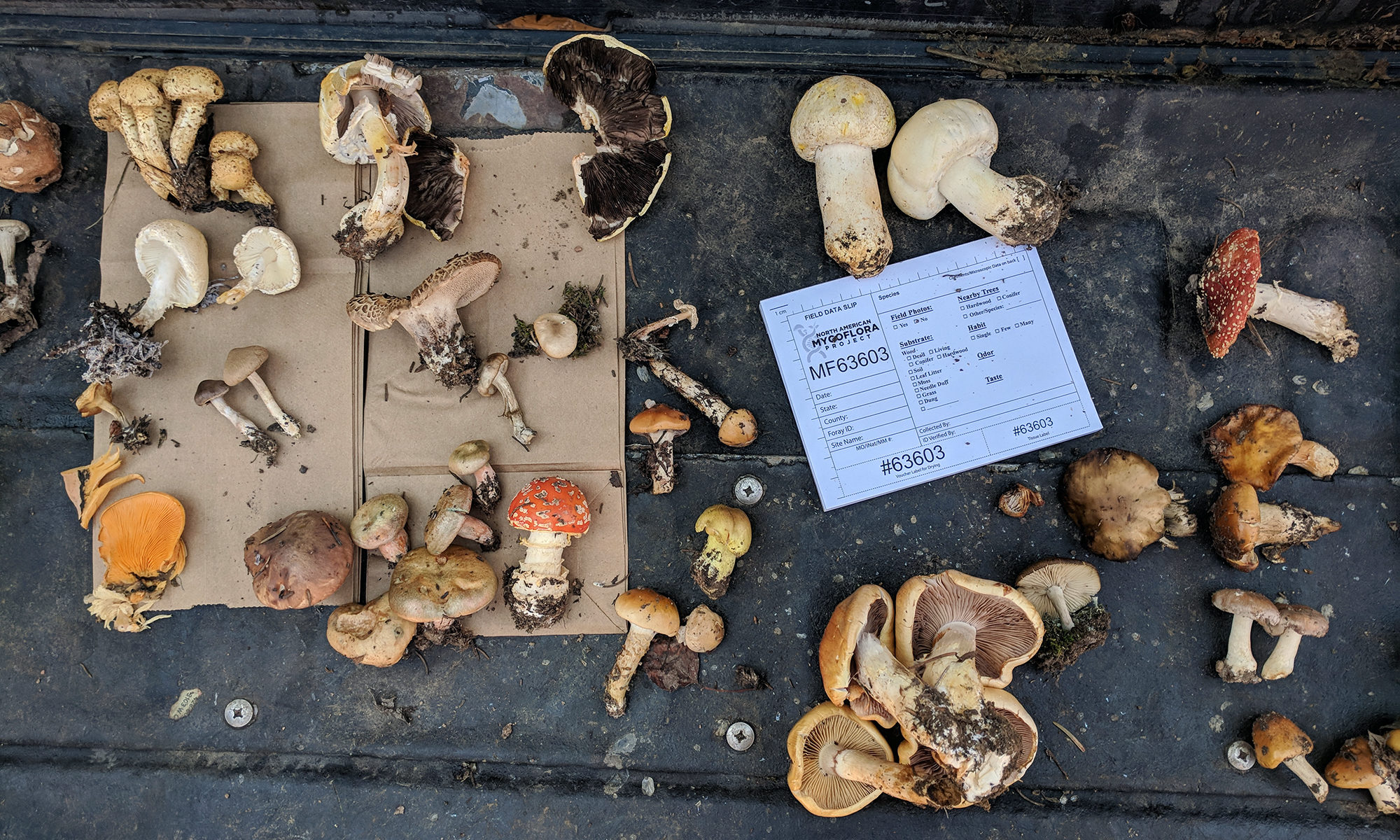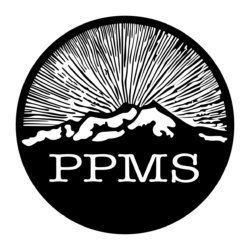Colorado offers a stunning and diverse landscape for mushroom foraging, ranging from the plains and cottonwood riparian flatlands to alpine environments and areas frequented by snowbank fungi. While this activity can be rewarding, it also poses risks such as encounters with wildlife, poison ivy, and sudden thunderstorms. Preparation is key to ensuring a safe and enjoyable experience.
Stay Vigilant and Prepared
Always be aware of your surroundings. Before heading out, familiarize yourself with the area by downloading maps for offline use and noting significant landmarks. This will help if you find yourself disoriented or lost in the wilderness.
Encountering Wildlife
Colorado’s wilderness is home to a variety of wildlife, including the state’s 12,000 black bears. Remember, the term “black bear” refers to the species and not necessarily the color—they can also be brown, cinnamon, or blonde. Here are steps to ensure safety if you encounter a bear:
- If you spot a bear from a distance, keep away from the area.
- Avoid startling bears, especially those with cubs.
- Announce your presence by speaking in a calm voice.
- Slowly back away in the direction you came from.
- If with small children, carry them until you are safe.
- Keep pets on a leash and make yourself appear larger.
- Walk, don’t run, and keep your eyes on the bear to monitor its reactions.
- Never feed bears or allow them access to your food.
- Carry EPA-approved bear-specific pepper spray.
If a bear attack occurs, do not play dead. Instead, try to escape to a secure location or fight back, focusing your defense on the bear’s face and muzzle.
Essential Gear and Tips
Equip yourself with the right tools for a safe foraging trip:
- Wear appropriate clothing to protect against poison ivy and harsh weather.
- Bring a compass and have accessible offline maps.
- Pack essentials like water, snacks, and a first-aid kit.
Remember the Principles of ‘Pack it in, Pack it out’
Always hike in groups and manage your food waste responsibly to avoid attracting wildlife. Pack all your trash and belongings when you leave to keep the natural habitat undisturbed.
What to Do If You Encounter a Rattlesnake in Colorado
Colorado’s landscapes are home to three species of rattlesnakes: the Western rattlesnake, the Prairie rattlesnake, and the Massasauga rattlesnake. These snakes are commonly found below 8500 feet from March through October. While typically recognizable by the rattle at the end of their tails, some may lack this feature. Key characteristics of rattlesnakes include a diamond- or triangle-shaped head, vertical elliptical pupils, visible fangs, and heat-sensing pits between their eyes and nostrils.
Preventing Rattlesnake Encounters
Safety begins with vigilance and taking precautions:
- Always check where you step.
- Use a stick to probe areas before reaching with your hands.
- Wear sturdy hiking boots, such as those from Redwing.
- Stick to marked trails to reduce the likelihood of an encounter.
What to Do If You See a Rattlesnake
- Stop moving immediately.
- Slowly retreat from the snake; they generally strike only if threatened or provoked.
Steps to Take If Bitten by a Rattlesnake
Rattlesnake bites are medical emergencies:
- Call 911 immediately, or have someone go for help. Prompt medical attention within 30 minutes is crucial.
- Do not try to suck out the venom, as this can introduce bacteria and worsen the infection.
- Avoid using a tourniquet, which can restrict blood flow excessively.
- Keep the bitten area at or below heart level to slow the spread of venom through the bloodstream.
- Do not wash the bite; medical personnel may need the venom residue to identify the appropriate antivenom.
- Remove any tight clothing before swelling starts.
- Try to remain as still and calm as possible to keep your blood circulation and heart rate low.
For more detailed health guidance, consider consulting resources like healthline.com. Taking these steps can help manage a rattlesnake encounter safely, minimizing danger and improving outcomes.
Encountering Mountain Lions
Colorado is home to approximately 7,000 mountain lions. Sightings are rare, but knowing how to react is crucial:
- Never Run: Running may trigger a chase response from a mountain lion, similar to smaller domestic cats.
- Maintain Eye Contact: Keep your distance without turning your back.
- Stand Tall: Do not crouch or squat, as this can seem like a threat or prey behavior.
- Leave Calmly: Back away slowly and calmly from the area.
- Protect Yourself: If attacked, use whatever you have—your backpack, rocks, sticks, or a mushroom knife.
- Report Sightings: If you encounter a mountain lion, report it to local wildlife authorities at 303-441-3440.
Lightning Safety
Lightning strikes can be deadly, particularly if you are caught outside during a storm:
- Calculate the Threat: Count the seconds from seeing lightning to hearing thunder and divide by five to estimate distance in miles. If under six miles, seek shelter immediately.
- Avoid Trees and Metal: Do not shelter under trees or hold metal objects, as these can attract lightning.
- Spread Out: If trapped in the open, spread out at least 50-100 feet from others, crouch low with only your feet touching the ground, and cover your ears.
- Seek Immediate Shelter: Aim for a sturdy building or vehicle if possible. Avoid small shelters or caves that might flood.
Preventing Dehydration
Dehydration is a serious concern in Colorado, especially at high altitudes and during summer:
- Carry Sufficient Water: Always pack more water than you think you’ll need and drink regularly throughout your trip.
- Recognize the Symptoms: Be aware of signs of dehydration, such as dizziness, rapid heartbeat, and confusion.
- Use Water Purification: If necessary, use iodine tablets, chlorine drops, or a water filter to safely drink from natural sources.
Essential Gear and Attire for Mushroom Foraging in the Rocky Mountains
When venturing into the Rocky Mountains for mushroom foraging, choosing the right attire and gear can significantly enhance your experience and safety. Here’s a detailed guide on what to wear and bring on your foraging trip.
What to Wear
- Dress in Layers: Weather in the mountains can change swiftly, so layering your clothing is key. Start with a short sleeve shirt, add a long sleeve shirt, hoodie, or jacket for versatility.
- Long Pants: Essential for protection against bugs, thorns, twigs, and snakes. Long pants also shield you from sunburn and keep you warm after sunset.
- Sturdy Footwear: Opt for hiking boots or shoes with ankle support. Waterproof boots are a bonus in damp conditions.
- 100% Cotton Socks: Comfortable for long walks and breathable.
- Sunblock: Protect your skin from UV rays, even on cloudy days.
What to Bring
- Mushroom Knife: A specialized tool with a curved blade and a brush for clean cuts and minimal damage to fungi.
- Basket or Paper Sack: Use a basket or separate paper bags to keep different mushroom species from contaminating each other.
- Field Guide: Carry a reliable guide like “Mushrooms of the Rocky Mountain Region” by Vera Stucky Evenson for reference.
- Water and Snacks: Stay hydrated and energized during your excursion.
- First Aid Kit, Water Purification Tabs, and Compass/Offline Map: Essential for safety and navigation.
- Trash Bag: Pack out what you pack in, including any litter you find, to keep the environment pristine.
Know the Rules
Familiarize yourself with local regulations regarding mushroom foraging:
- Permits: Check if the area requires a permit for foraging. This varies across state parks, national parks, and national forests.
- No Trespassing: Never forage on private property without explicit permission to avoid legal issues.
- Consult Local Authorities: Speak with park rangers or local forestry services for up-to-date information and guidance.
Be Respectful
- Leave No Trace: Follow the principles of leaving no trace to preserve natural habitats.
- Be Considerate of Wildlife and Plants: Avoid damaging the natural flora and be mindful of your impact on the environment.
- Pet Etiquette: If bringing pets, adhere to leash laws, clean up after them, and ensure they have enough water and snacks.
Conclusion
Mushroom hunting in the Rockies can be a rewarding adventure with proper preparation and respect for nature. Always be aware of your surroundings and equipped for emergencies. If you have stories or tips about your experiences, the Pikes Peak Mycological Society welcomes your input. Share your insights at info@pikespeakmyc.org or visit pikespeakmyc.org for more information.

